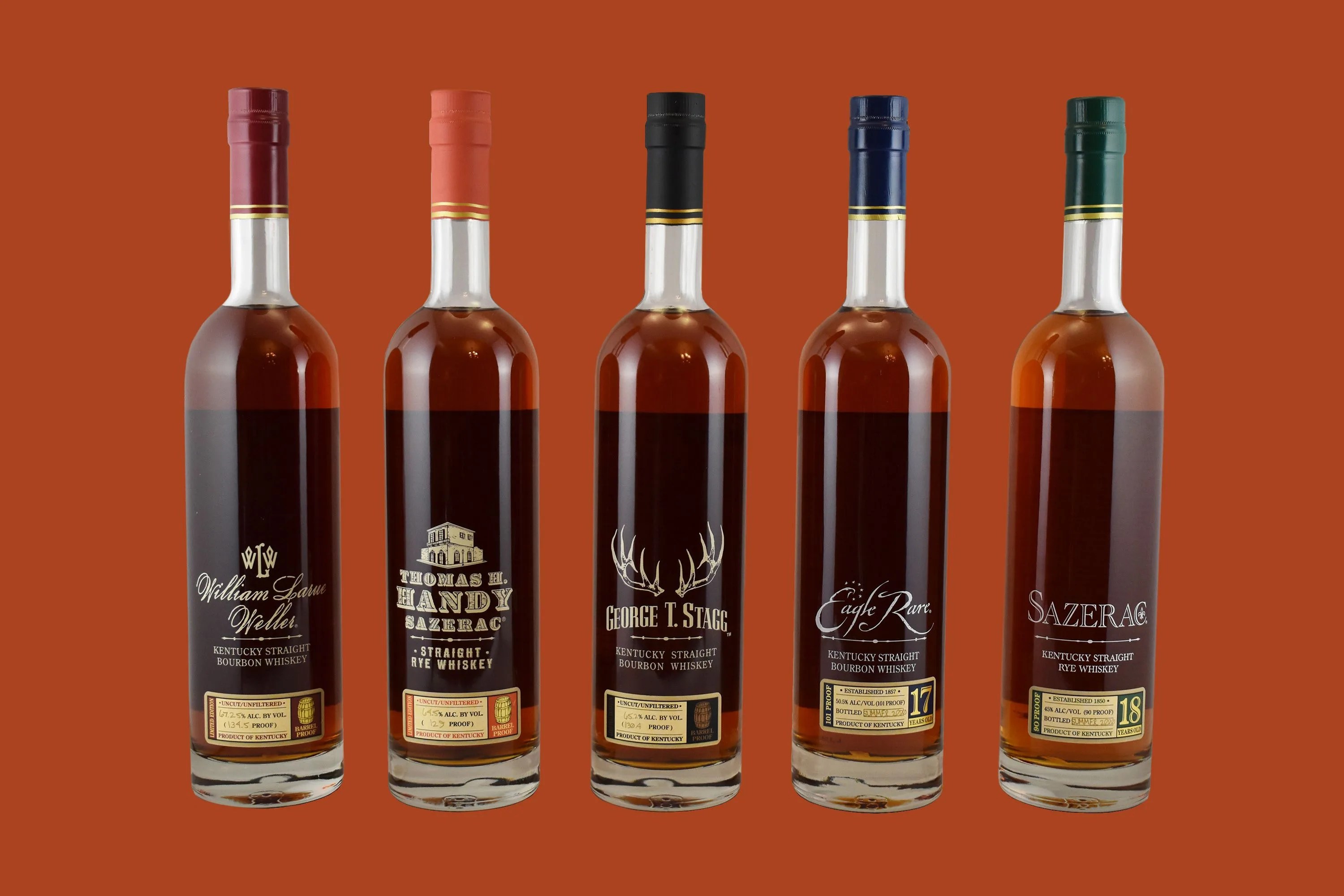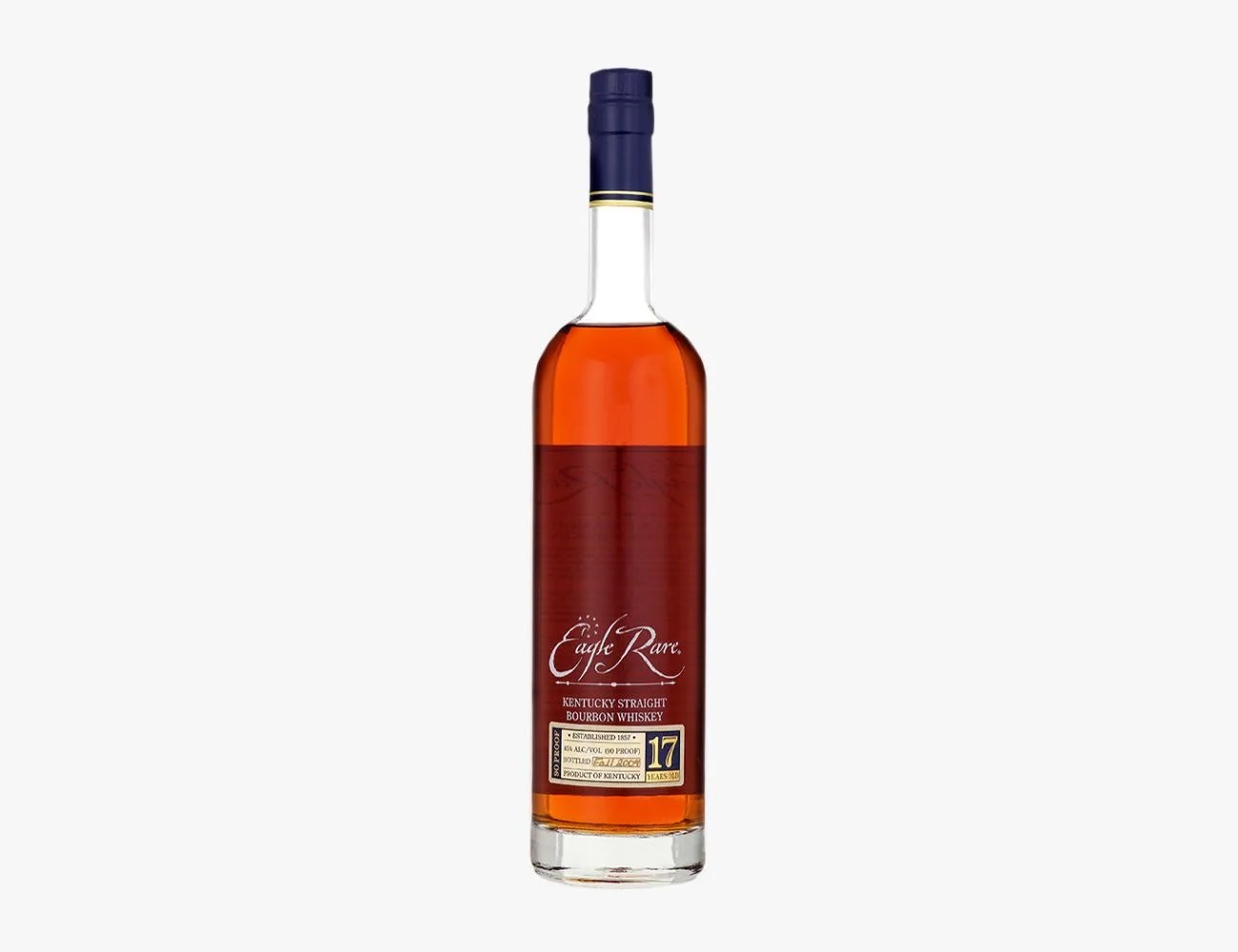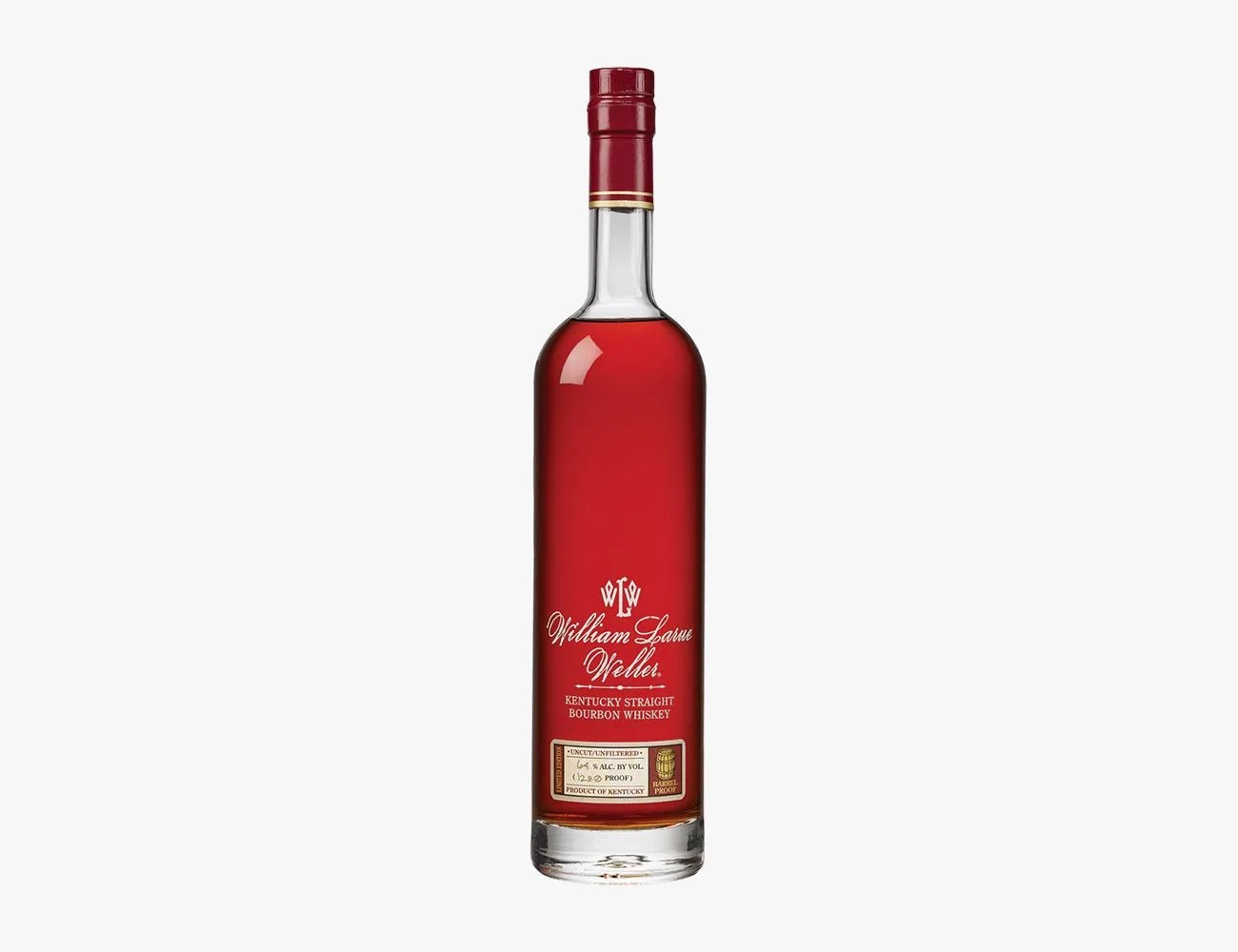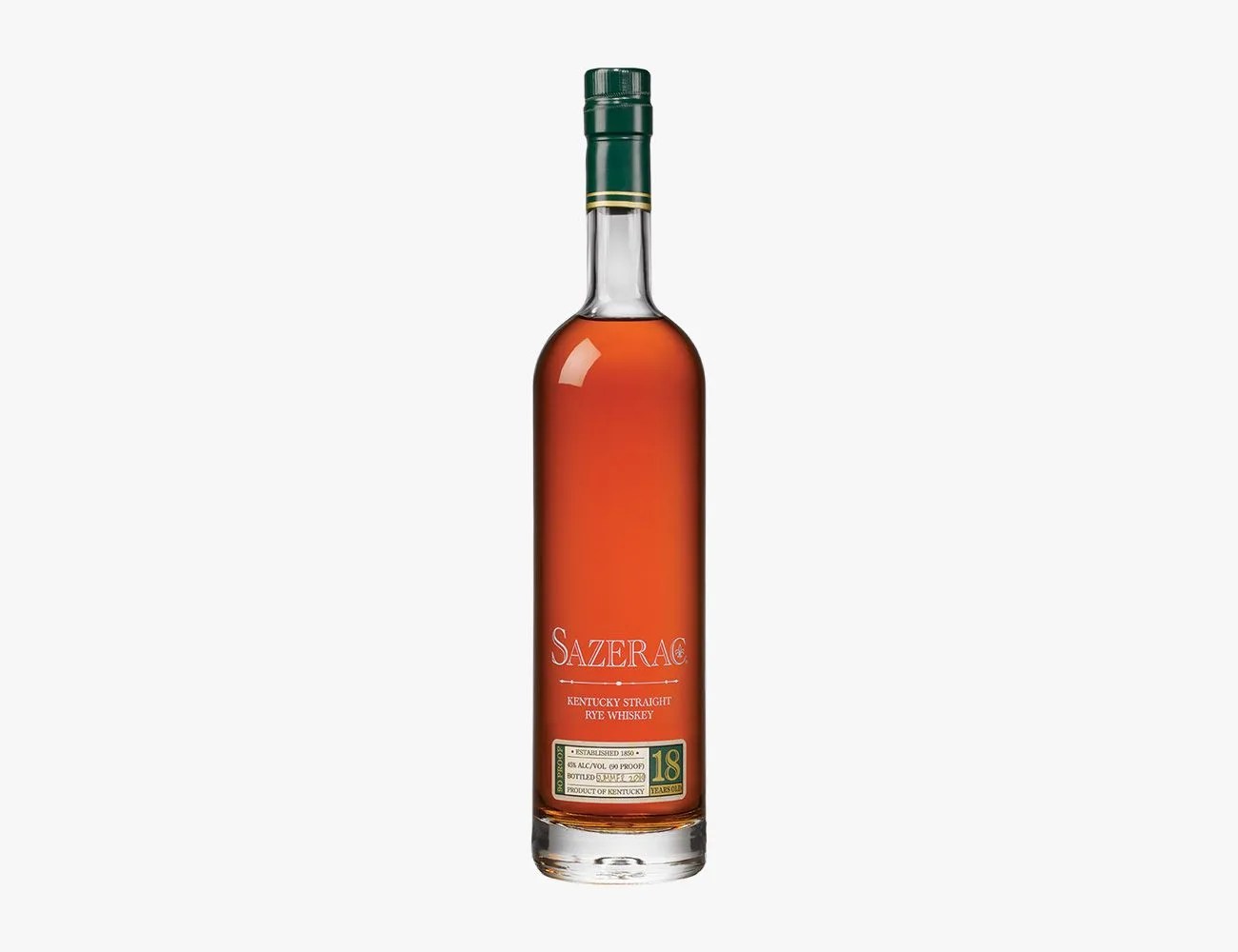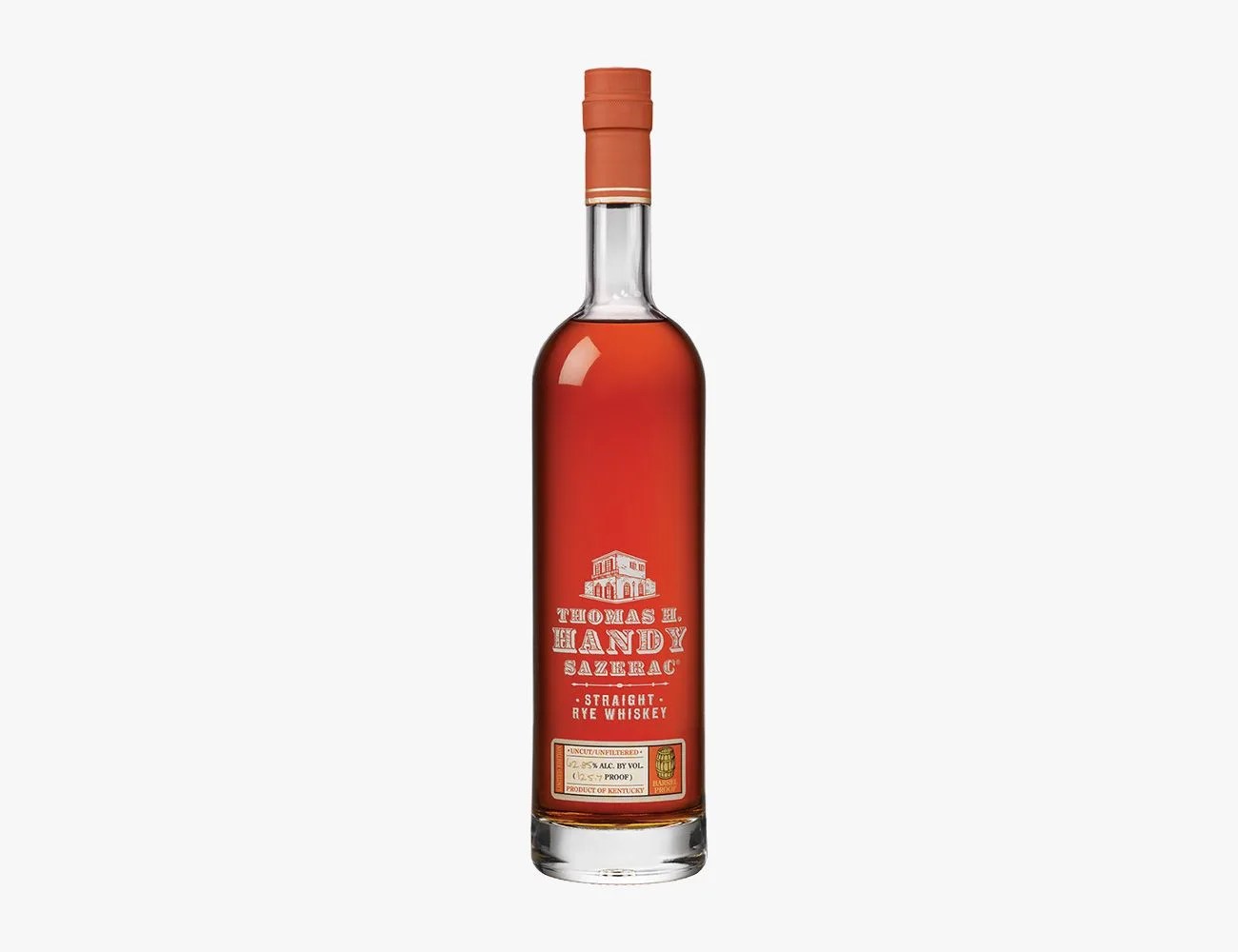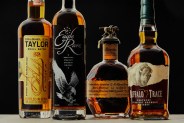Looking for information on Buffalo Trace Antique Collection 2021? We’ll update this post as soon as the distillery releases specifics, which usually happens early fall.
A combination of smart acquisitions, sound marketing and exceptional bourbon has made Buffalo Trace a juggernaut of American whiskey. The distillery is the arbiter of hard-to-find (or pay for) hooch — Blanton’s, Weller, E.H. Taylor Jr. and even standard Buffalo Trace all go for well above their suggested retail prices — but the stuff bourbon enthusiasts chase more than any of them is known as the Buffalo Trace Antique Collection (BTAC for short). And while bottles within the collection aren’t all as expensive as the older Pappys (which Buffalo Trace is also responsible for), they’re typically viewed in better light by whiskey nerds, many of whom view Pappy as good whiskey gone “tater bait.” So why are folks spending hundreds, sometimes thousands, of dollars on individual bottles of Buffalo Trace Antique Collection whiskey? Here’s what it is, and advice on tracking it down.
What is the Buffalo Trace Antique Collection?
BTAC is an annually released, five-bottle collection of hard-to-find bourbon and rye whiskeys. Each of the five is different; whether by mash, maturation length or proof. The distillery releases the collection every fall, and each bottle’s suggested retail price is $99.
George T. Stagg
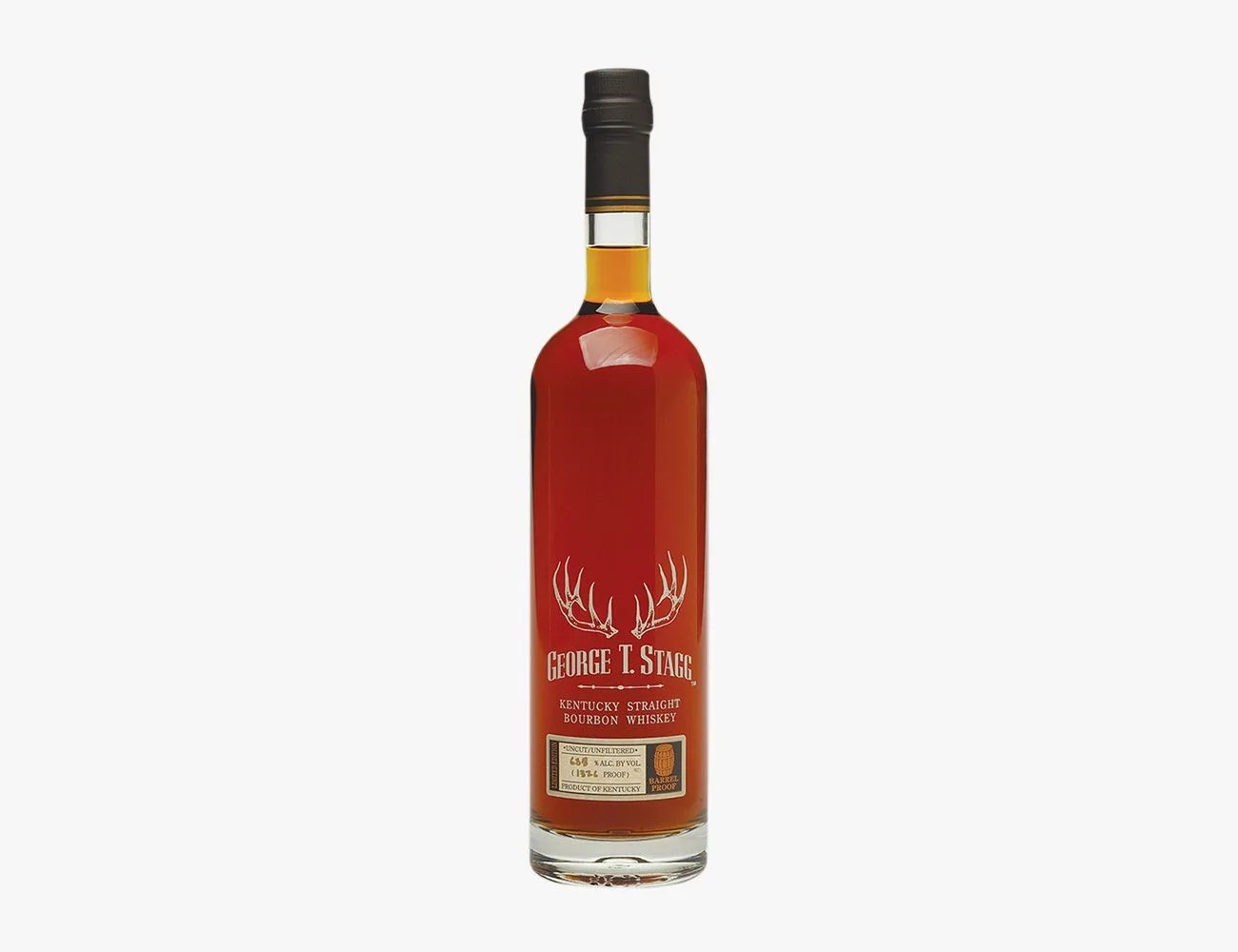 Buffalo Trace Distillery
Buffalo Trace DistilleryMade with Buffalo Trace’s Mashbill #1 (more on that here), Stagg is the most or second-most valuable bottle within the Antique Collection, depending on that year’s release (age, proof and reception can force significant value shifts). It’s barrel-proof bourbon whiskey aged for at least 15 years. The name comes from the distiller-owner who owned what would become Buffalo Trace Distillery (which was called George T. Stagg distillery before being renamed). It’s a strong safety of a whiskey; hard-hitting, but there’s a finesse and calculated approach under all that muscle.
Street Price: ~$850 street price
Proof: Varies, usually 115 to 140
Notable: An extremely rare opportunity to drink extra-aged, full-powered Buffalo Trace bourbon.
